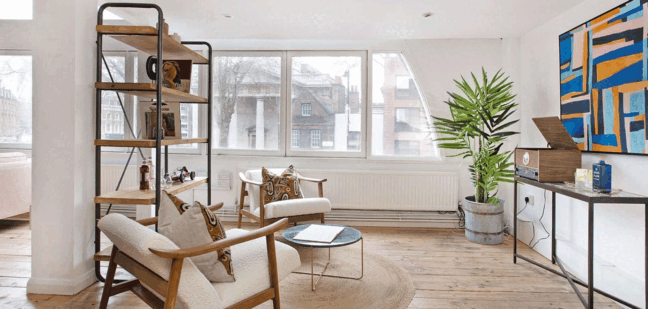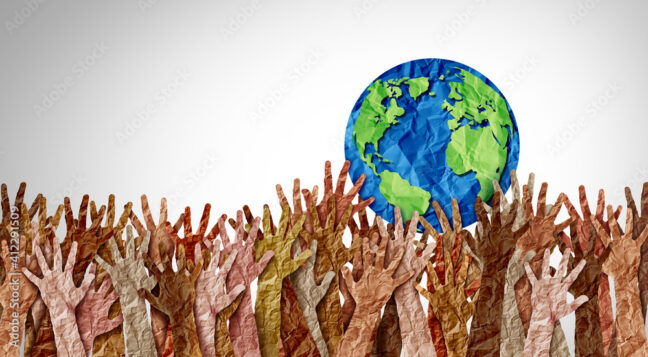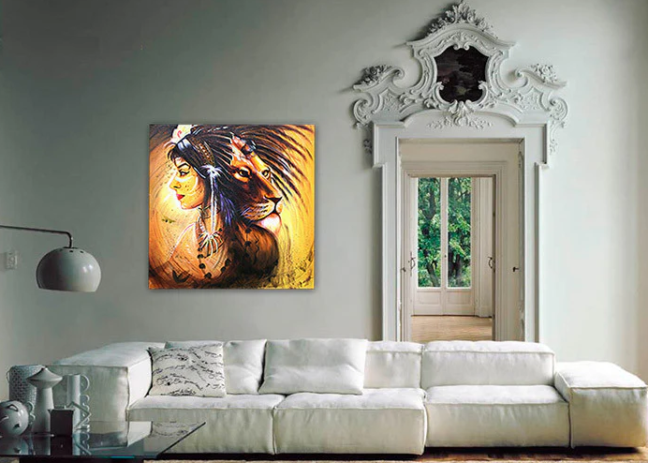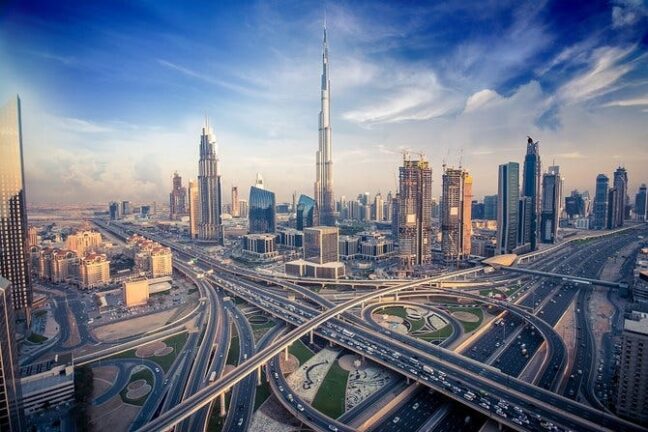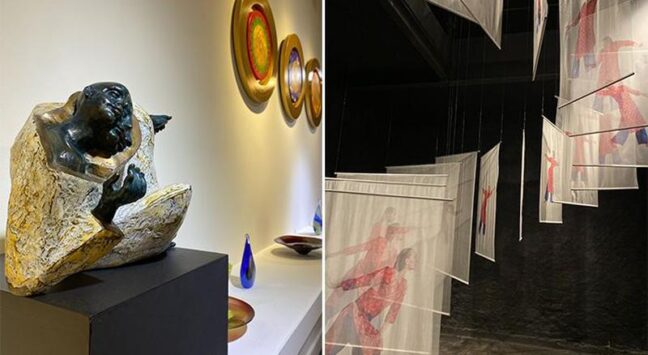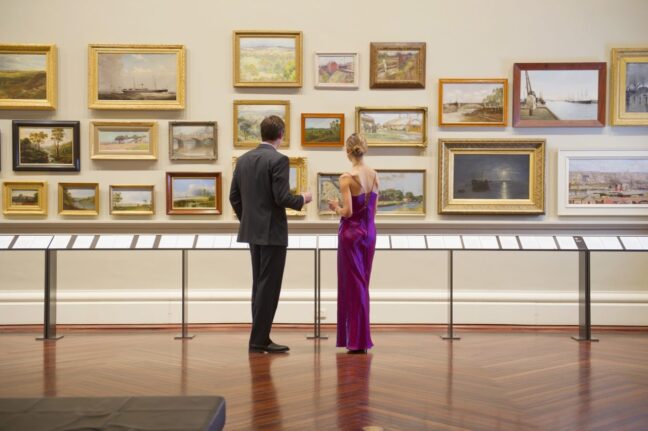In the vast and ever-evolving landscape of contemporary art, there’s a growing trend that’s making a big impact despite its diminutive size: small size art. From tiny paintings and miniature sculptures to petite installations and pocket-sized prints, artists around the world are embracing the challenge of creating compelling works of art on a small scale. In this article, we’ll delve into the allure of small size art, explore its rise in popularity, and examine the unique opportunities and challenges it presents for artists and collectors alike says, Omar Hussain Chicago.
The Appeal of Small Size Art:
At first glance, small size art may seem inconsequential compared to its larger counterparts. However, upon closer inspection, its diminutive dimensions reveal a world of intricacy, intimacy, and attention to detail that captivates viewers and challenges traditional notions of scale. Whether it’s a miniature landscape painting that transports us to distant vistas or a tiny sculpture that invites us to marvel at its delicate craftsmanship, small size art invites us to slow down, lean in, and appreciate the beauty of the minute.
The Rise of Small Size Art:
In recent years, small size art has experienced a resurgence in popularity, driven in part by shifts in cultural and technological trends. The rise of social media platforms like Instagram has democratized the art world, allowing artists to showcase their work to a global audience with just a few taps of a screen. The compact size of small artworks makes them particularly well-suited for digital consumption, allowing artists to share their creations with a wider audience and gain recognition and exposure in an increasingly competitive market.
Exploring Creative Possibilities:
The constraints of working on a small scale can be both a challenge and an opportunity for artists, inspiring them to explore new materials, techniques, and concepts in their practice. Working within the confines of a small canvas or sculpture requires precision, patience, and ingenuity, pushing artists to think outside the box and experiment with unconventional approaches to their craft. From microcosmic worlds and miniature narratives to intricate patterns and microscopic details, small size art offers endless creative possibilities for artists to explore and express themselves.
Collecting Small Size Art:
For collectors, small size art offers a unique opportunity to acquire original works of art at a more accessible price point compared to larger pieces. The compact size of small artworks makes them ideal for display in small spaces such as apartments, offices, and gallery walls, allowing collectors to curate personal and intimate art collections that reflect their individual tastes and interests. Additionally, the relative affordability of small size art makes it an attractive option for emerging collectors looking to start their art collection or add to their existing holdings.
Challenges and Considerations:
Despite its many benefits, working on a small scale presents its own set of challenges for artists. The limited surface area of a small canvas or sculpture requires artists to make deliberate choices about composition, color palette, and subject matter, often requiring a high level of technical skill and precision. Additionally, the delicate nature of small artworks can pose challenges in terms of preservation, handling, and display, requiring careful attention to materials and conservation practices to ensure their longevity and integrity over time.
Omar Hussain Chicago: Overall, this trend is making a big impact in the contemporary art world, offering artists and collectors alike a fresh perspective on creativity, expression, and consumption. Whether it’s the allure of intricacy and intimacy, the rise of social media and digital platforms, or the creative possibilities and challenges it presents, small size art continues to captivate audiences and push the boundaries of artistic innovation. As artists continue to experiment and explore the potential of working on a small scale, the future of small size art promises to be as diverse, dynamic, and delightful as the miniature masterpieces themselves.
